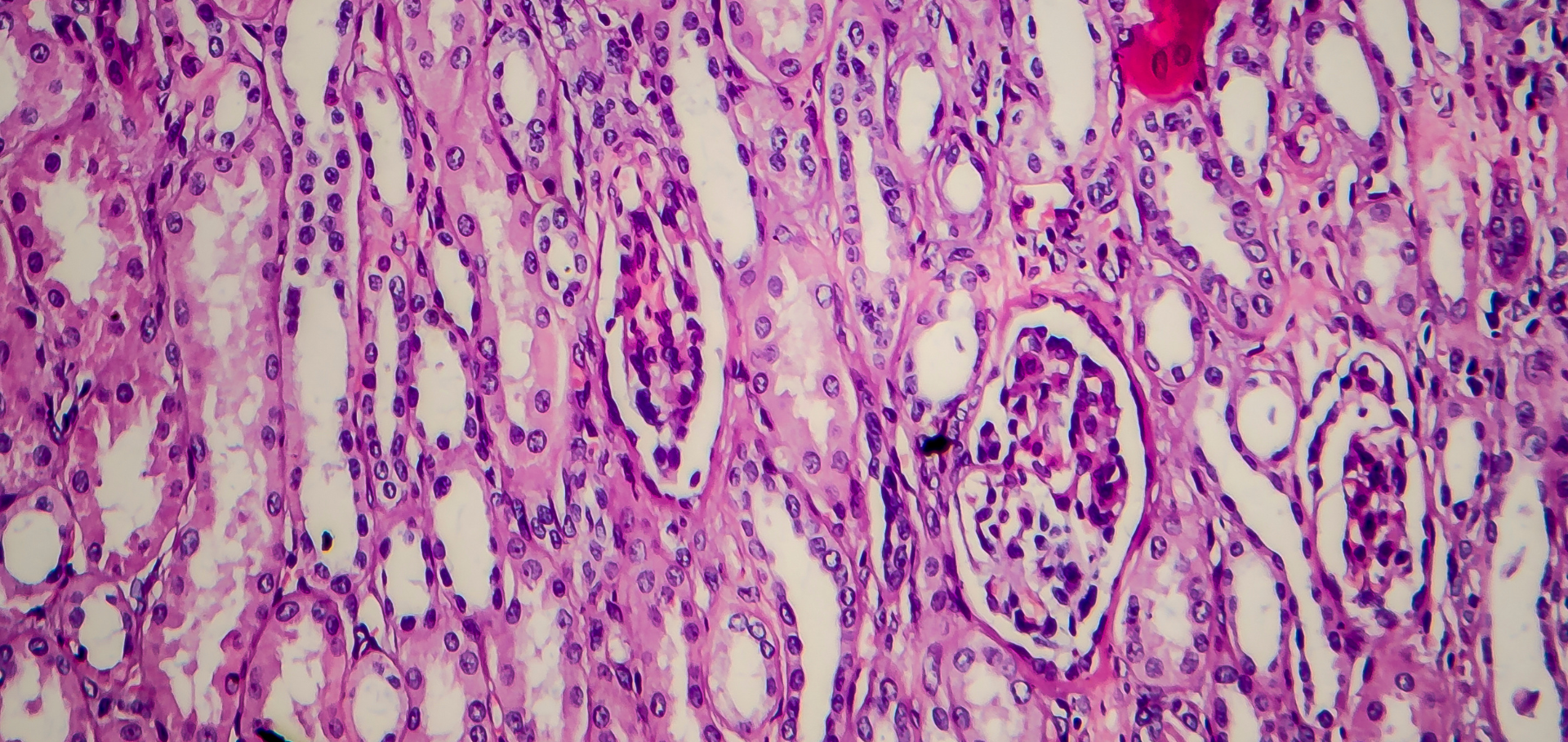Francesco Schettini, Maria Valeria De Bonis , Carla Strina , Manuela Milani ,
Nicoletta Ziglioli , Sergio Aguggini, Ignazio Ciliberto ,Carlo Azzini , Giuseppina Barbieri ,
Valeria Cervoni , Maria Rosa Cappelletti, Giuseppina Ferrero, Marco Ungari, Mariavittoria Locci, Ida Paris, Giovanni Scambia, Gianpaolo Ruocco & Daniele Generali
Affiliations:
Medical Oncology Department, Hospital Clinic of Barcelona, C. Villaroel 170, 08036 Barcelona, Spain. Translational
Genomics and Targeted Therapies in Solid Tumors, August Pi I Sunyer Biomedical Research Institute (IDIBAPS),
Barcelona, Spain. Faculty of Medicine, University of Barcelona, Barcelona, Spain. Department for Sustainable
Food Process, Università Cattolica del Sacro Cuore, Piacenza, Italy. Department of Medicine, Surgery and Health
Sciences, Cattinara Hospital, University of Trieste, Strada di Fiume 447, 34149 Trieste, Italy. UO Anatomia Patologica ASST di Cremona, Cremona, Italy. Department of Neuroscience, Reproductive Sciences and Dentistry, University of Naples Federico II, Naples, Italy. Department of Woman and Child Health, Fondazione Policlinico Universitario A. Gemelli IRCCS, Rome, Italy. 9Università Cattolica del Sacro Cuore, Rome, Italy. Modeling and Prototyping Laboratory, College of Engineering, University of Basilicata, Potenza, Italy. Multidisciplinary Unitof Breast Pathology and Translational Research, Cremona Hospital, Cremona, Italy. These authors contributed equally: Francesco Schettini and Maria Valeria De Bonis. 13These authors jointly supervised this work: Gianpaolo Ruocco and Daniele Generali.
Mathematical models based on partial differential equations (PDEs) can be exploited to handle clinical data with space/time dimensions, e.g. tumor growth challenged by neoadjuvant therapy. A model based on simplified assessment of tumor malignancy and pharmacodynamics efficiency was exercised to discover new metrics of patient prognosis in the OLTRE trial. We tested in a 17-patients cohort affected by early-stage triple negative breast cancer (TNBC) treated with 3 weeks of olaparib,
the capability of a PDEs-based reactive–diffusive model of tumor growth to efficiently predict the response to olaparib in terms of SUVmax detected at 18FDG-PET/CT scan, by using specific terms to characterize tumor diffusion and proliferation. Computations were performed with COMSOL Multiphysics. Driving parameters governing the mathematical model were selected with Pearson’s correlations. Discrepancies between actual and computed SUVmax values were assessed with Student’s test and Wilcoxon rank sum test. The correlation between post-olaparib true and computed SUVmax was assessed with Pearson’s r and Spearman’s rho. After defining the proper mathematical assumptions, the nominal drug efficiency (εPD) and tumor malignancy (rc) were computationally evaluated. The former parameter reflected the activity of olaparib on the tumor, while the latter
represented the growth rate of metabolic activity as detected by SUVmax. εPD was found to be directly dependent on basal tumor-infiltrating lymphocytes (TILs) and Ki67% and was detectable through proper linear regression functions according to TILs values, while rc was represented by the baseline Ki67-to-TILs ratio. Predicted post-olaparib SUV*max did not significantly differ from original post-olaparib SUVmax in the overall, gBRCA-mutant and gBRCA-wild-type subpopulations (p > 0.05
in all cases), showing strong positive correlation (r = 0.9 and rho = 0.9, p < 0.0001 both). A model of simplified tumor dynamics was exercised to effectively produce an upfront prediction of efficacy of 3-week neoadjuvant olaparib in terms of SUVmax.
Prospective evaluation in independent cohorts…
Keywords
Breast cancer (BC), equations (PDEs)

